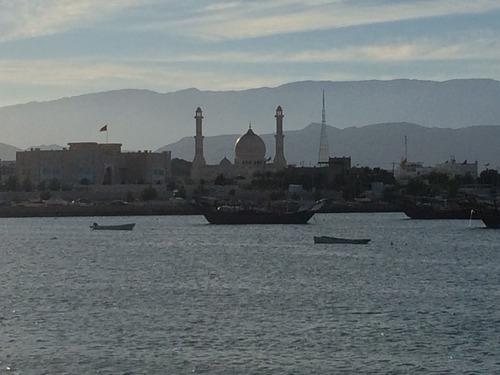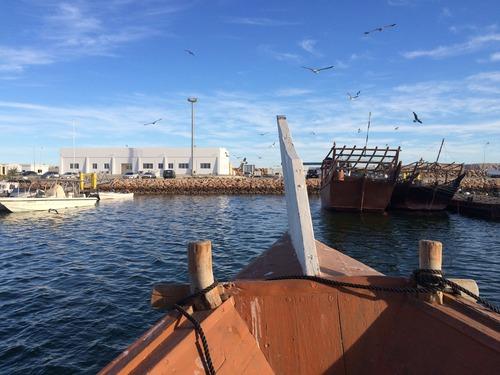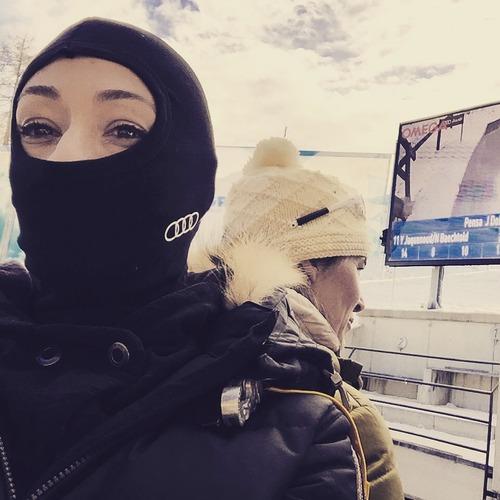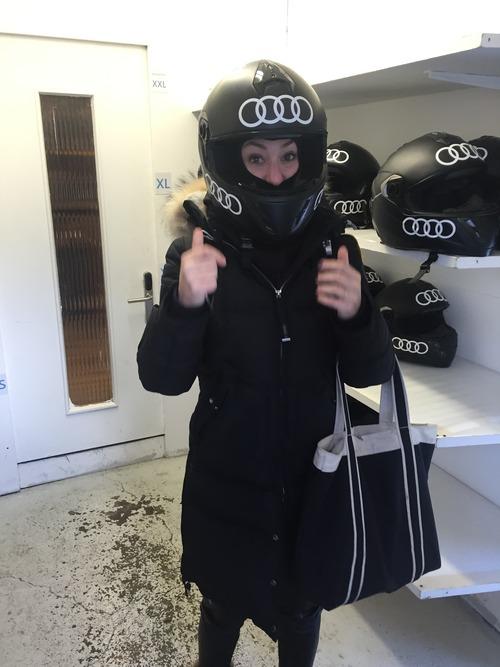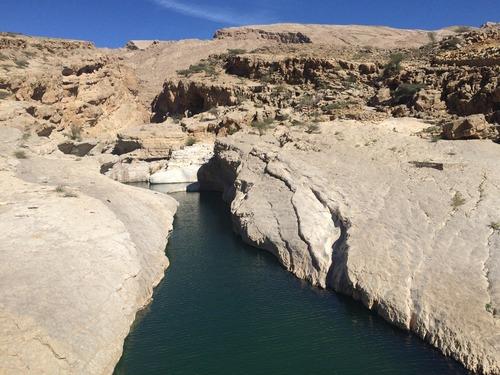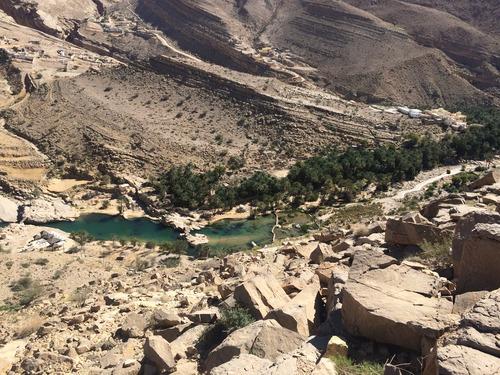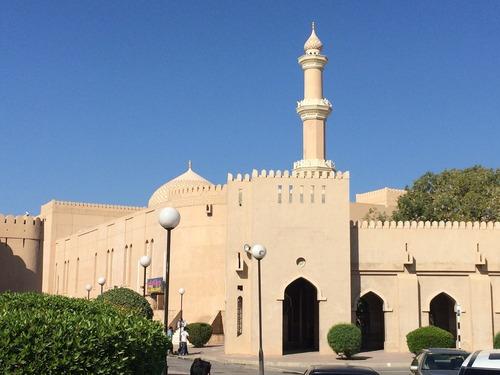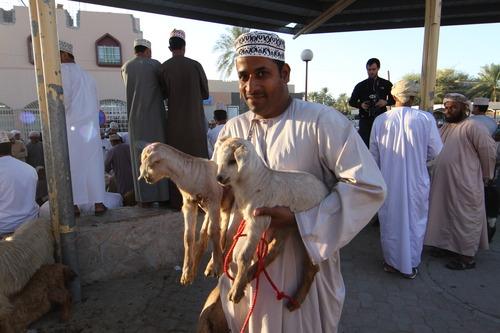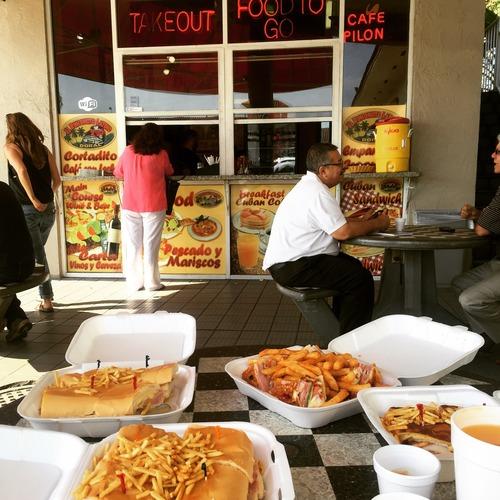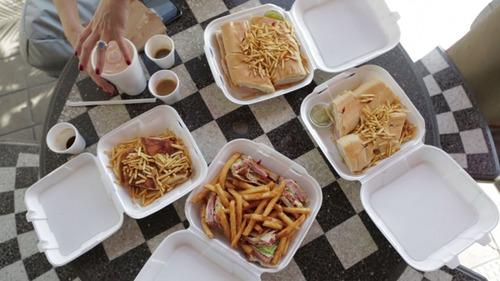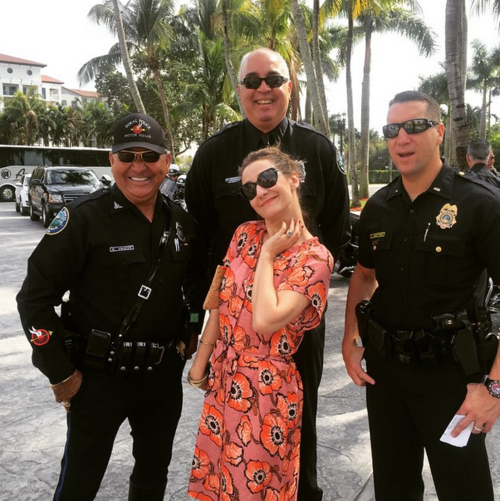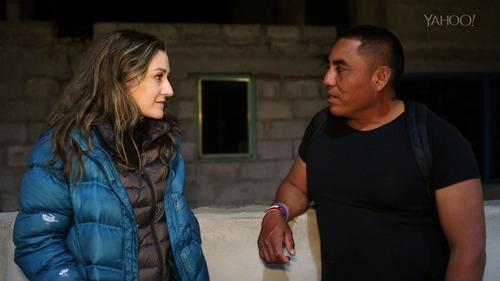We’ve all seen women in burqas, niqabs, and abayas on the news — but how many do you actually know? And what is it like to wear one all the time?
Thanks to recent events and the advancement of IS, many people in the West see this traditional Islamic dress and cringe. But the truth is the niqab (a veil covering the head and face but not the eyes) has been around for millennia, predating the coming of Muhammad and the founding of Islam.
On my recent trip to Oman, I wanted to answer the question, “What is life really like for women in the Middle East?”
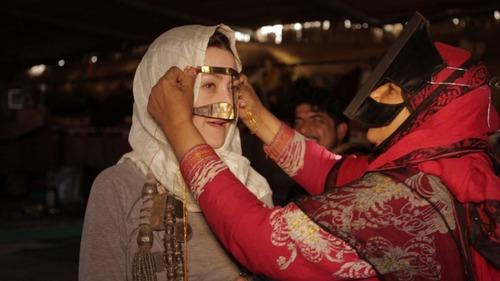
In Oman, they call the face mask a burqa. Sampta, a very traditional Bedouin woman, helps Froelich test it out. (Andrew Rothschild)
I’ve long been fascinated by that. I was raised in the Midwest, a part of the generation that grew up on Sally Field’s Not Without My Daughter (a movie in which Field’s character has to smuggle her daughter out of Iran because her Iranian husband will not give them permission to leave). In my hometown of Cincinnati, there were no women in burqas or hijabs, and it was completely alien to me.
Related: Did Sinbad Get This Seasick: Hitting the High Seas of Oman
As I grew up and traveled and lived around the world, I started to experience other cultures. But even when I visited places like Iraq, I still rarely had the opportunity to talk with the women behind the masks. I was never able to ask all the questions I had, like: Did you go to university? Do you date? And if you do — how? How do you socialize? Do you have arranged marriages? Can you get a divorce? Can you work after you get married? Do you have rights?

Faten, young and middle class — very much your everyday Omani woman. (Andrew Rothschild)
Now, clearly there are some women in the Middle East who go to college and have careers; there are female politicians there, of course. But I also know that most of these women are from upper-class families, who have always been educated and tend to live slightly outside the traditional norms.
I wanted to know what everyday life was like for everyday women.
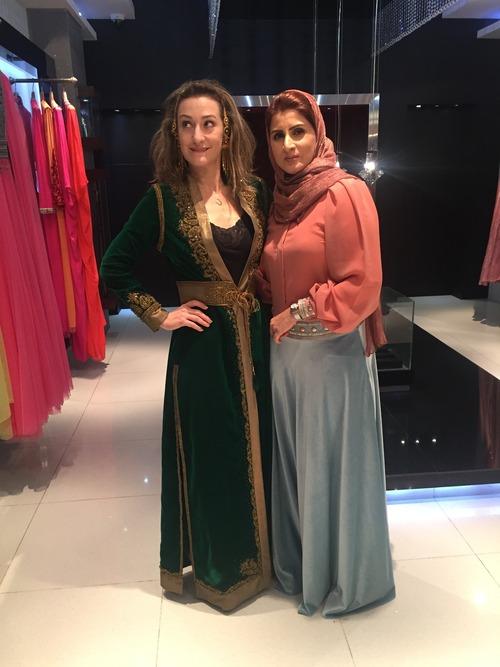
Nawal, a fashion designer and very modern Omani woman, and Froelich. (Andrew Rothschild)

